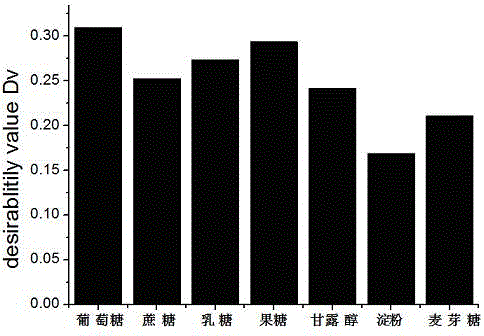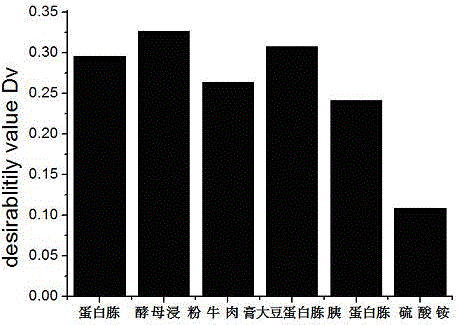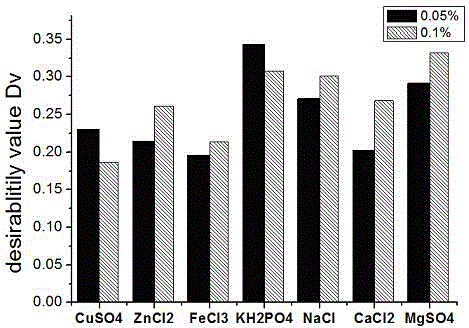High-yield Tricholoma matsutake sing mutagenesis strain and breeding method thereof
A technology for mutagenic strains and matsutake mushrooms is applied in the field of high-yield matsutake mutagenic strains, and can solve problems such as high price, obstacles to the development of the matsutake industry, and difficulties in artificial cultivation.
- Summary
- Abstract
- Description
- Claims
- Application Information
AI Technical Summary
Problems solved by technology
Method used
Image
Examples
Embodiment 1
[0033] Mutation and Breeding Methods of Matsutake Mutant Strain
[0034] (1) Matsutake mutagenesis
[0035] Inoculate the starting strain of the matsutake strain with the preservation number CGMCC5.793 after activation and inoculate it on a PDA slant, cultivate it in a 26oC incubator for 6 days, inject pH6.0 phosphate buffer into the slant medium, and then filter it with 4 layers of gauze. Dilute the spore concentration to 107 / mL for mutation breeding. Weigh 10 mg of nitrosoguanidine into a petri dish with a diameter of 7 cm, add a little acetone as a co-solvent, add 9 mL of sterile phosphate buffer (pH=6.0), turn on the magnetic stirrer and stir slowly, and absorb 1 mL after NTG is fully dissolved The bacterial suspension was put into a plate to start mutagenesis (the final concentration of nitrosoguanidine was 1 mg / mL). After mutagenesis for 2min, 5min, 10min, 15min and 20min respectively, take 0.3mL of bacterial suspension in 2.7mL of sterile distilled water and seriall...
Embodiment 2
[0045] Optimization of Fermentation Medium for Matsutake Mutagenic Strains
[0046] 1. Establish the expected function
[0047] The dry weight of bacteria, intracellular polysaccharides, adenosine, and mannitol were used as the investigation indicators to optimize the matsutake fermentation process, and the expectation function was used to integrate multiple investigation indicators into one investigation index expectation value (D), and each investigation index ( Response value) are converted into dimensionless expected values according to formula (1). The balance scale d of the expected function ranges from 0 to 1. When d=0, it means that the response value seriously deviates from the target value, and when d=1, it means that the response value is close to the target value. . d increases as the expected response increases.
[0048] (1)
[0049] is the response value of the i-th inspection index, Li is the expected response value of the i-th inspection index cann...
PUM
 Login to View More
Login to View More Abstract
Description
Claims
Application Information
 Login to View More
Login to View More - R&D
- Intellectual Property
- Life Sciences
- Materials
- Tech Scout
- Unparalleled Data Quality
- Higher Quality Content
- 60% Fewer Hallucinations
Browse by: Latest US Patents, China's latest patents, Technical Efficacy Thesaurus, Application Domain, Technology Topic, Popular Technical Reports.
© 2025 PatSnap. All rights reserved.Legal|Privacy policy|Modern Slavery Act Transparency Statement|Sitemap|About US| Contact US: help@patsnap.com



